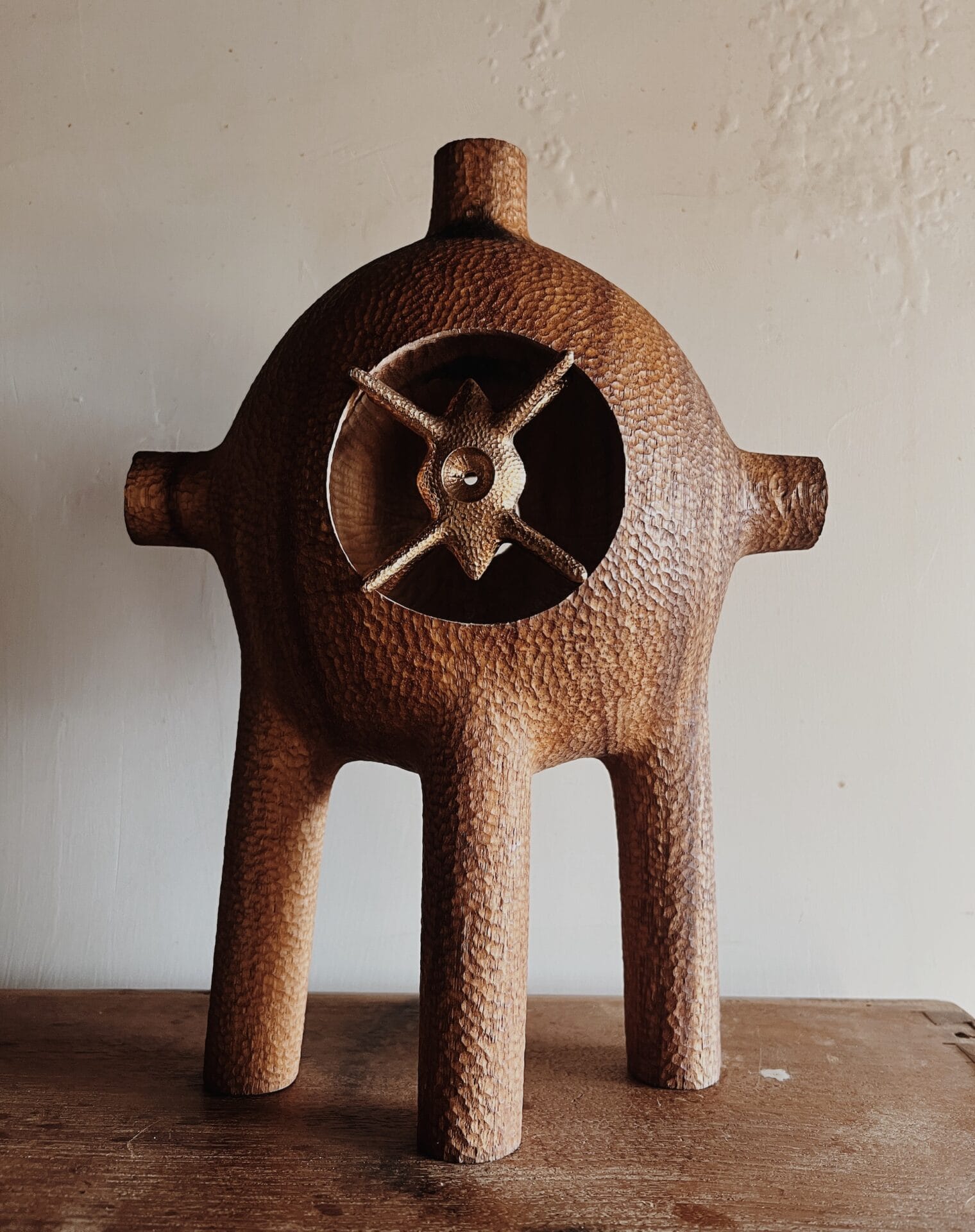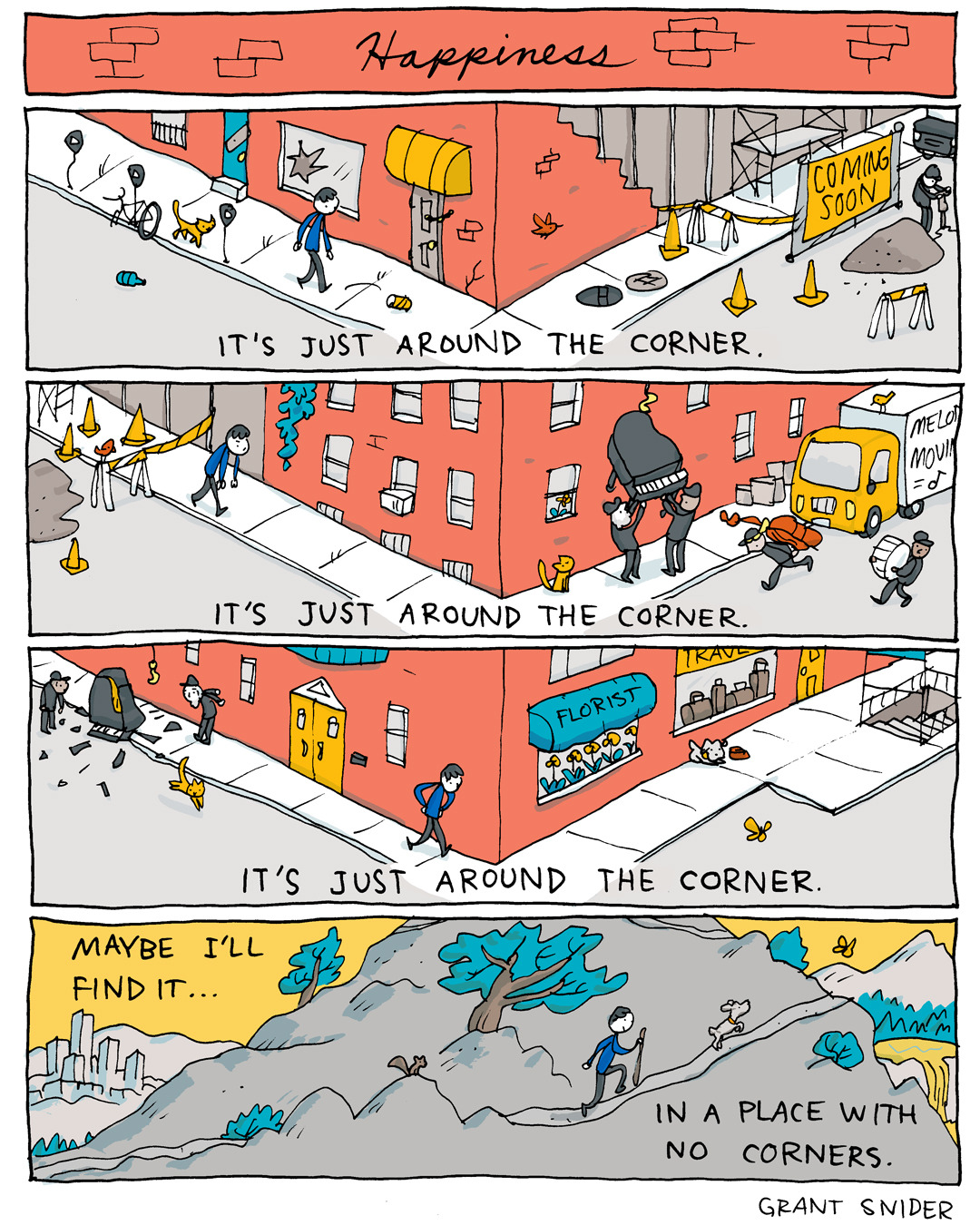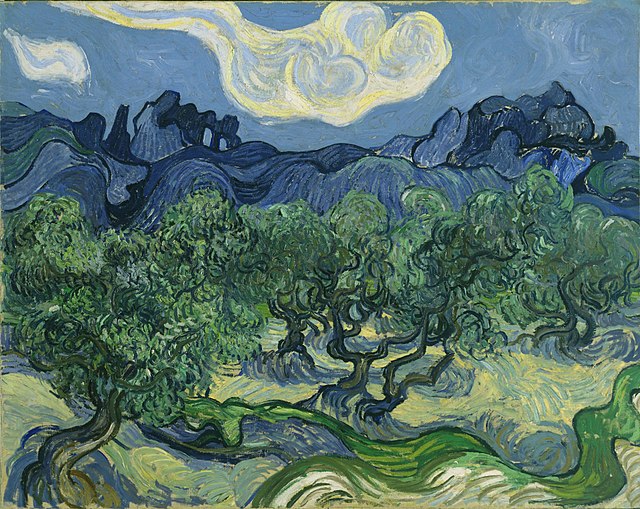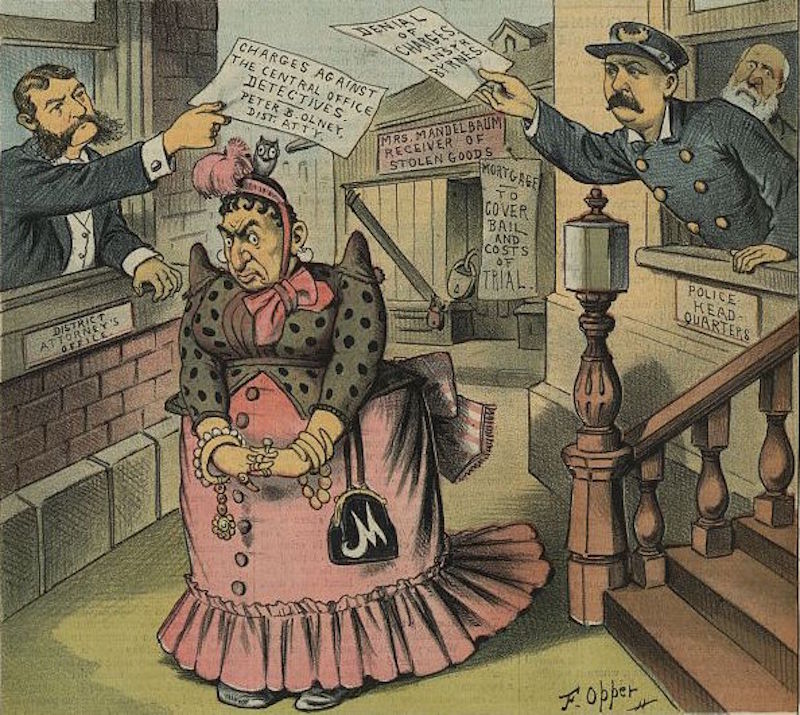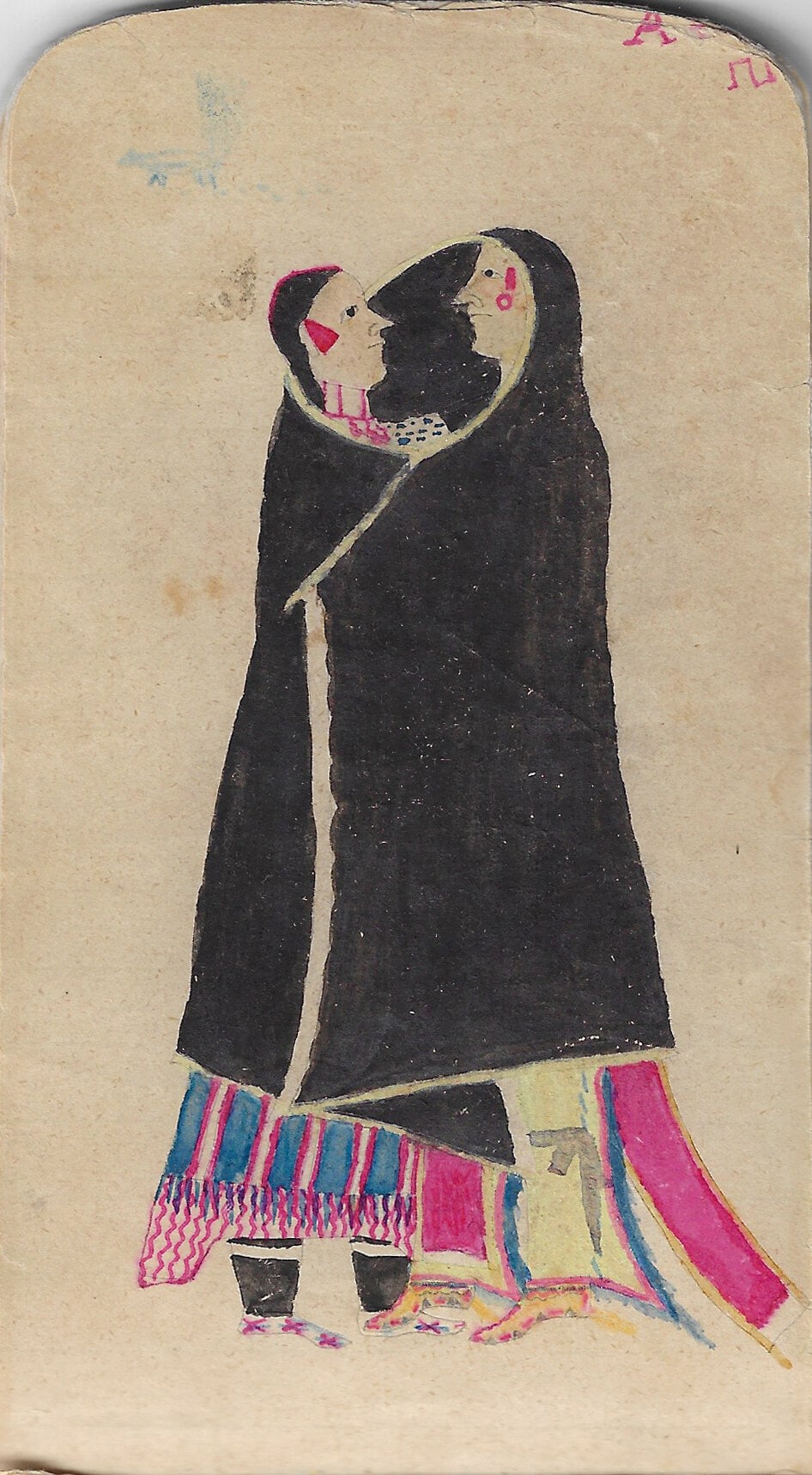This is what it looks like out there this morning.
Here’s some books for you.
Fiction. Sharply strange and eerily familiar. Absurdly funny and terrifyingly serious. Surreal, fantastic, gritty, real. The stories in Matthew Cheney’s Hudson Prize-winning debut collection range across various styles, modes, genres, and tones as they explore the worlds of family, love, memory, and loss. BLOOD: STORIES reprints work originally published in such different venues as One Story and Weird Tales, and it includes four new stories that travel from contemporary New Hampshire to historical Prague to might-have-been Mexico to a future world where no reality stays real for long. Reality flows through these stories, even at their most surreal and lyrical, because reality is more than just what is or even what might be: reality is whatever gets beneath our skin and into our blood. The pages of BLOOD: STORIES not only take an axe to the frozen sea within us–they make a course for the heart.
Started reading this book of short stories, loving it so far. Not only is he a short story writer, but he has written introductions to several of one of my favorite writer’s books, including:
Which is a book of SF criticism.
Samuel R. Delany’s The Jewel-Hinged Jaw appeared originally in 1977, and is now long out of print and hard to find. The impact of its demonstration that science fiction was a special language, rather than just gadgets and green-skinned aliens, began reverberations still felt in science fiction criticism. This edition includes two new essays, one written at the time and one written about those times, as well as an introduction by writer and teacher Matthew Cheney, placing Delany’s work in historical context. Close textual analyses of Thomas M. Disch, Ursula K. Le Guin, Roger Zelazny, and Joanna Russ read as brilliantly today as when they first appeared. Essays such as “About 5,750 Words” and “To Read The Dispossessed” first made the book a classic; they assure it will remain one.
That’s it for this Monday. Have a great week.
